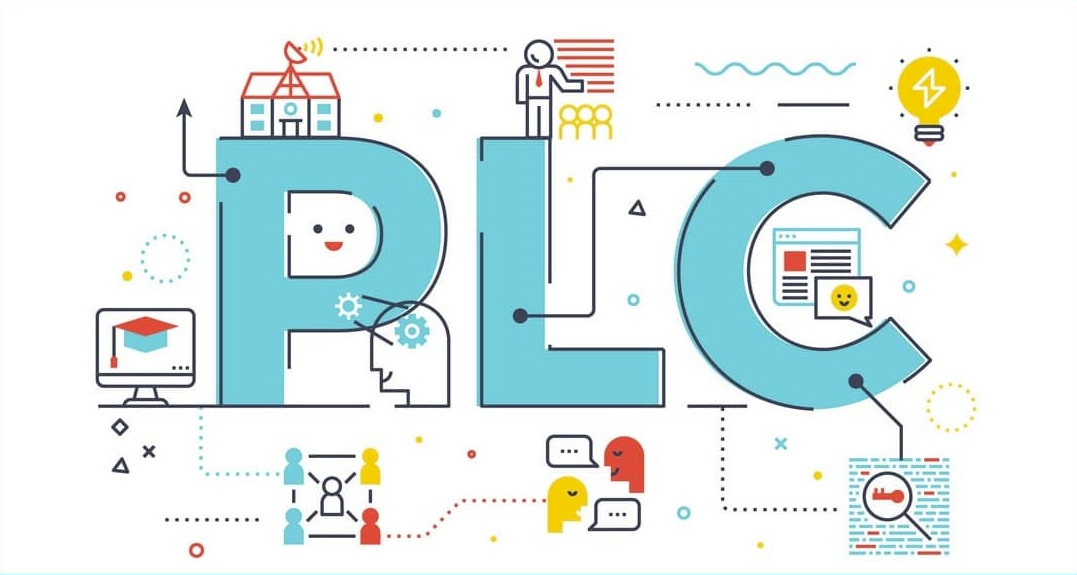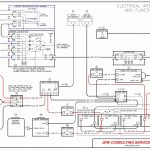Course Overview:
The Introduction to Programmable Logic Controllers (PLC)** course is designed to provide
participants with foundational knowledge and practical skills in PLC programming and
applications. This course covers the principles of automation and control systems, focusing
on how PLCs are used to automate industrial processes. Participants will learn about PLC
hardware, programming languages, and the development of control systems for various
applications.
Course Objectives:
– Understand the fundamental concepts and components of PLC systems.
– Learn the different programming languages used in PLCs, including Ladder Logic, Function
Block Diagrams, and Structured Text.
– Gain practical skills in programming and troubleshooting PLCs.
– Design and implement simple control systems using PLCs.
– Familiarize participants with industry-standard practices and safety protocols related to PLC
applications.
Training Content:
1. Introduction to PLCs:
– Definition and purpose of PLCs in industrial automation.
– History and evolution of PLC technology.
– Overview of different types of PLCs and their applications.
2. PLC Hardware Components:
– Detailed explanation of PLC components: CPU, I/O modules, power supply, and
communication interfaces.
– Understanding the role of sensors and actuators in PLC systems.
– Configuring and wiring PLC components.
3. PLC Programming Basics:
– Introduction to programming concepts and logic.
– Overview of different PLC programming languages.
– Focus on Ladder Logic: symbols, rungs, and functions.
4. Programming Techniques:
– Developing simple programs using Ladder Logic.
– Understanding timers, counters, and data handling instructions.
– Hands-on exercises for creating and modifying PLC programs.
5. Advanced Programming Concepts:
– Introduction to Function Block Diagrams (FBD) and Structured Text (ST).
– Implementing advanced control strategies.
– Practical applications of PID control in PLC programming.
6. Troubleshooting and Maintenance:
– Techniques for diagnosing and troubleshooting PLC systems.
– Common issues and their solutions.
– Best practices for maintaining and servicing PLCs.
7. Project Development:
– Designing a complete control system for a specific application.
– Hands-on project work to implement learned skills.
– Presenting and evaluating project outcomes.
8. **Safety and Standards:
– Understanding safety protocols and regulations in PLC applications.
– Best practices for ensuring safe PLC operation.
Target Audience:
– Engineers and technicians in the fields of automation and control systems.
– Students pursuing degrees or certifications in electrical or mechanical engineering.
– Maintenance personnel and operators involved in PLC-based systems.
– Anyone interested in learning about PLC technology and its applications in industrial
automation.
This course is suitable for beginners and those looking to enhance their skills in PLC
programming, providing a solid foundation for further study and practical application in the
field of automation.






